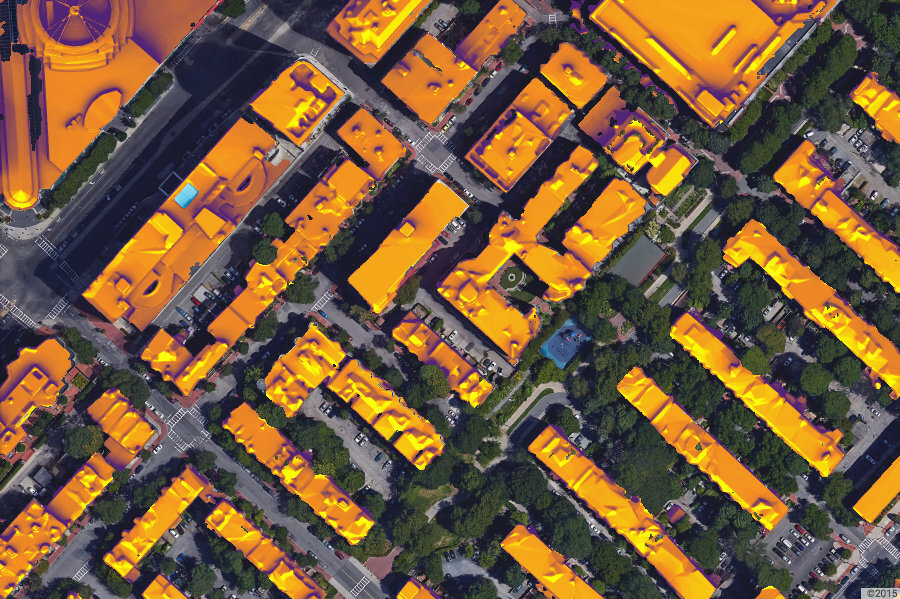Google's Project Sunroof: How it could help you save with solar power
Loading...
Google wants to make it that much easier to go solar.
The company on Monday launched Project Sunroof, a new online service that taps into Google’s growing capacities in satellite imagery and artificial intelligence to give consumers a comprehensive look at how much they would save by swapping their traditional power source for solar energy.
The project, currently available for residents of San Francisco, Boston, and Fresno, Calif., is the latest investment to tie Google to renewable energy sources – and solar in particular – and could be a step towards making solar power more accessible and easy to use.
“As the price of installing solar has gotten less expensive, more homeowners are turning to it as a possible option for decreasing their energy bill,” according to Google. “We want to make installing solar panels easy and understandable for anyone.”
To that end, the company developed what is essentially a search engine that relies on the same technology that Google Earth uses to map cities all over the world. The user types in an address, and Project Sunroof creates a 3D model of that location’s roof structure. It then estimates how much sunlight that roof gets in one year and how much the homeowner might save over the next 20.
“People search Google all the time to learn about solar,” Joel Conkling, a renewable energy investment expert with Google, told Wired. “But it would be much more helpful if they could learn whether their particular roof is a good fit.”
Solar energy is the fastest-growing renewable energy source in the United States today and, along with wind, accounts for two-thirds of renewable growth in the country, the US Energy Information Administration reported in May.
Advocates tout solar’s advantages, Vox’s David Roberts noted: unlike other sources of electricity, including hydropower, photovoltaic (PV) panels eschew the use of turbines and convert solar energy directly into electricity. That process, Mr. Roberts wrote, makes solar energy clean, low-maintenance, and, once the initial investment is paid off, low-cost.
But solar comes with disadvantages as well, the most obvious being its dependence on the sun.
“Solar radiation is rarely constant and varies with changing atmospheric conditions (clouds and dust), and the changing position of the Earth relative to the sun,” the Institute for Energy Research points out. And although the sun’s energy comes free, “the cost of the technology relative to the amount of energy produced makes solar significantly more expensive than other more widely used energy sources,” posing a challenge to the large-scale use of solar energy.
Indeed, “The past decade has been a remarkable time for the solar industry,” Francis O’Sullivan, director of research and analysis at MIT’s Energy Initiative, told The Christian Science Monitor. “However, continued rapid growth in solar is not an inevitability.”
Google, for its part, has been working to change that. In the last few years the tech giant has invested millions in solar energy in the US and elsewhere, including $12 million into a 96-megawatt (MW) solar PV plant in South Africa; $280 million into California-based solar provider SolarCity; and $80 million in utility-scale solar facilities across California and Arizona.
The company plans to profit, too. For Project Sunroof, the idea is to eventually recommend solar providers to users and pick up a referral fee from those providers, Wired reports. “We want to help people understand the potential of solar power,” Mr. Conkling told the magazine. “But we can make some money off of that as well.”








